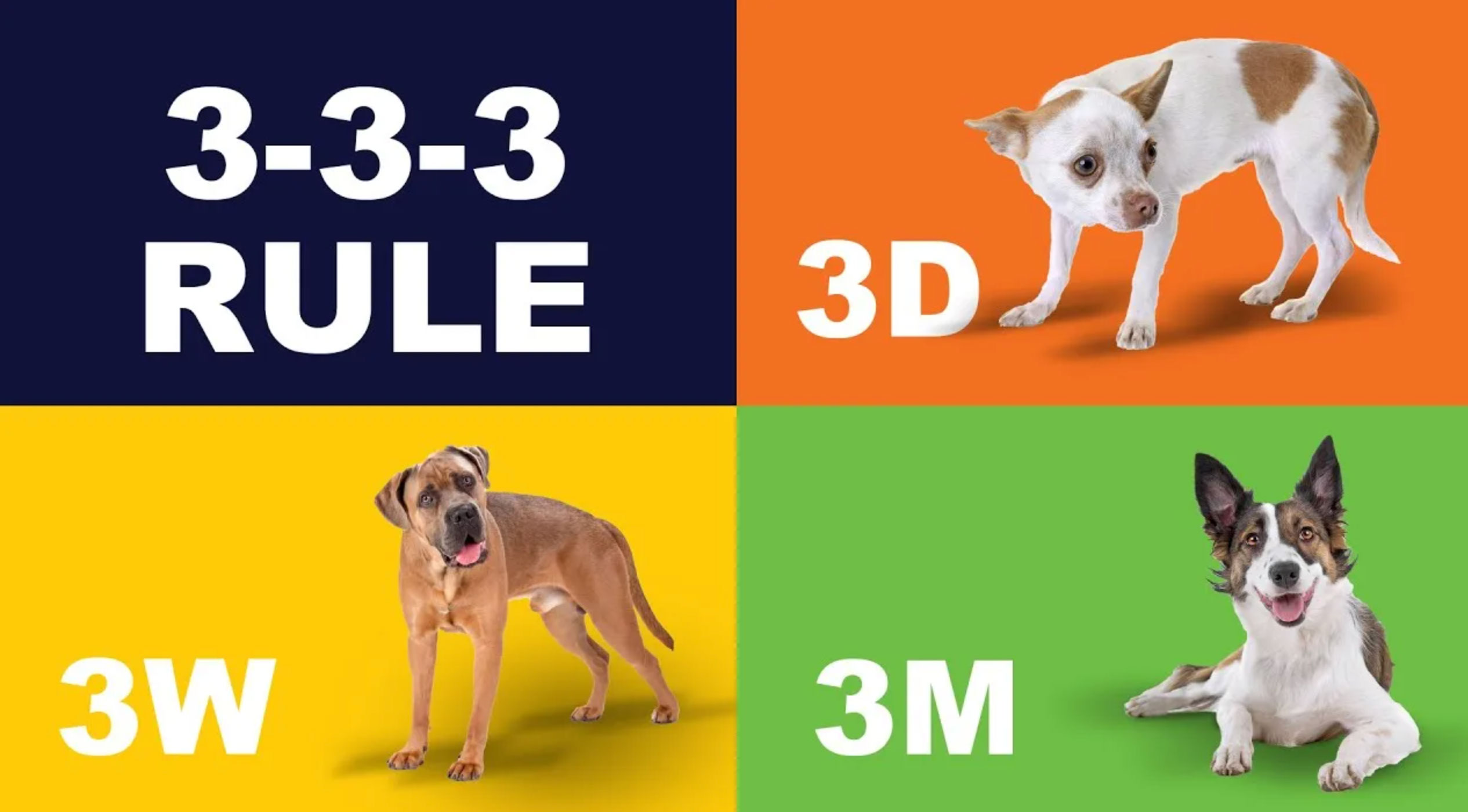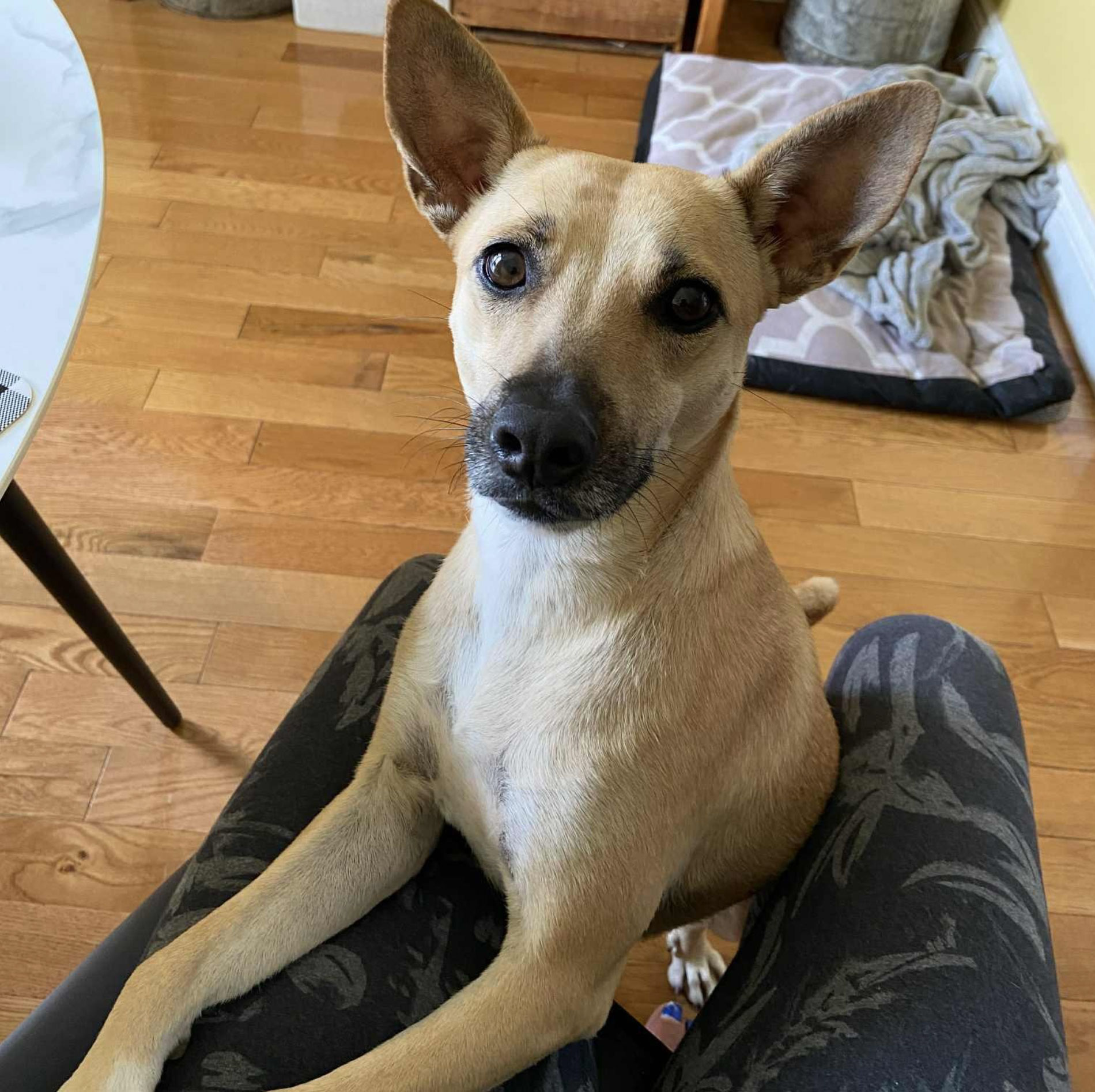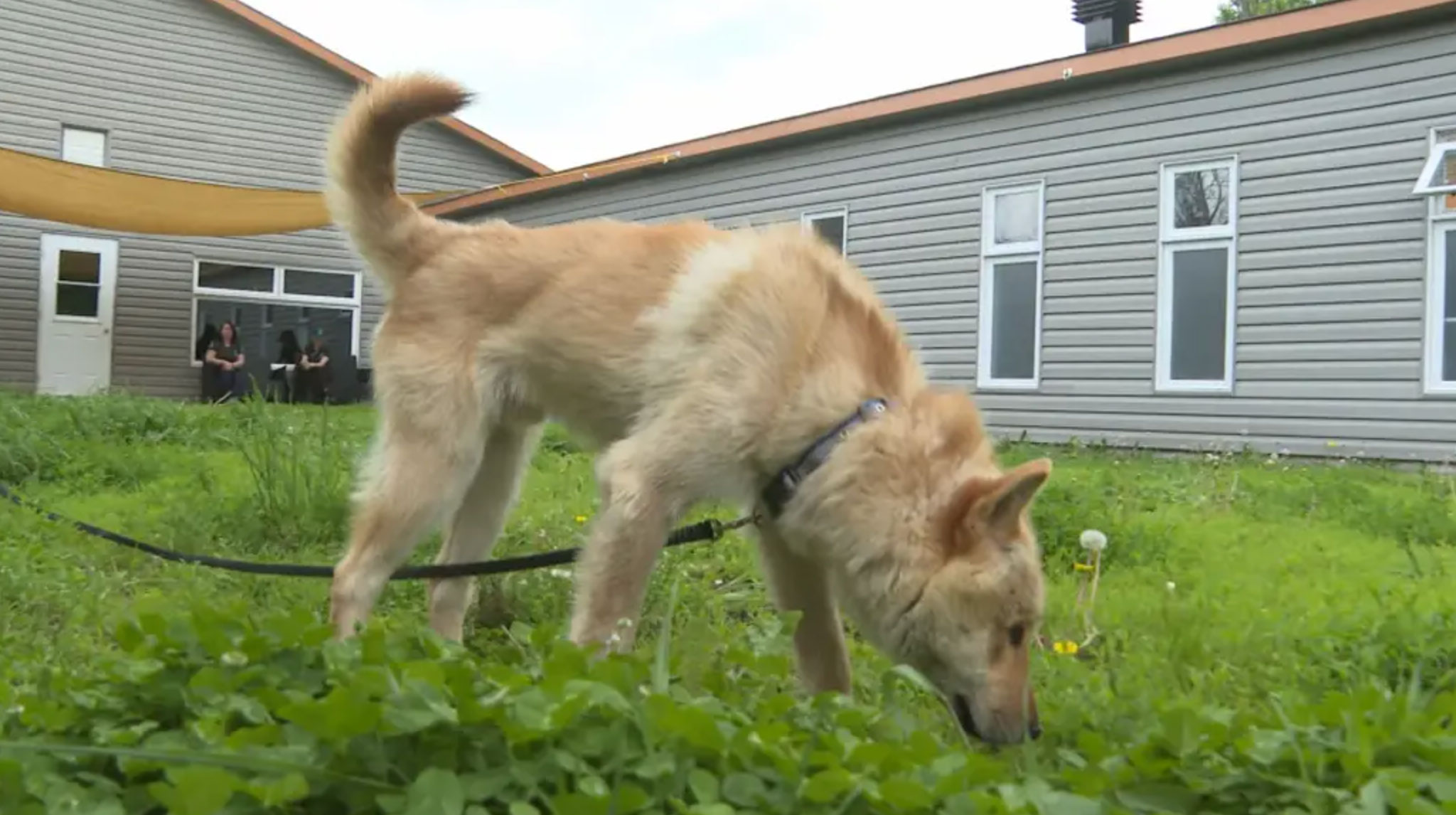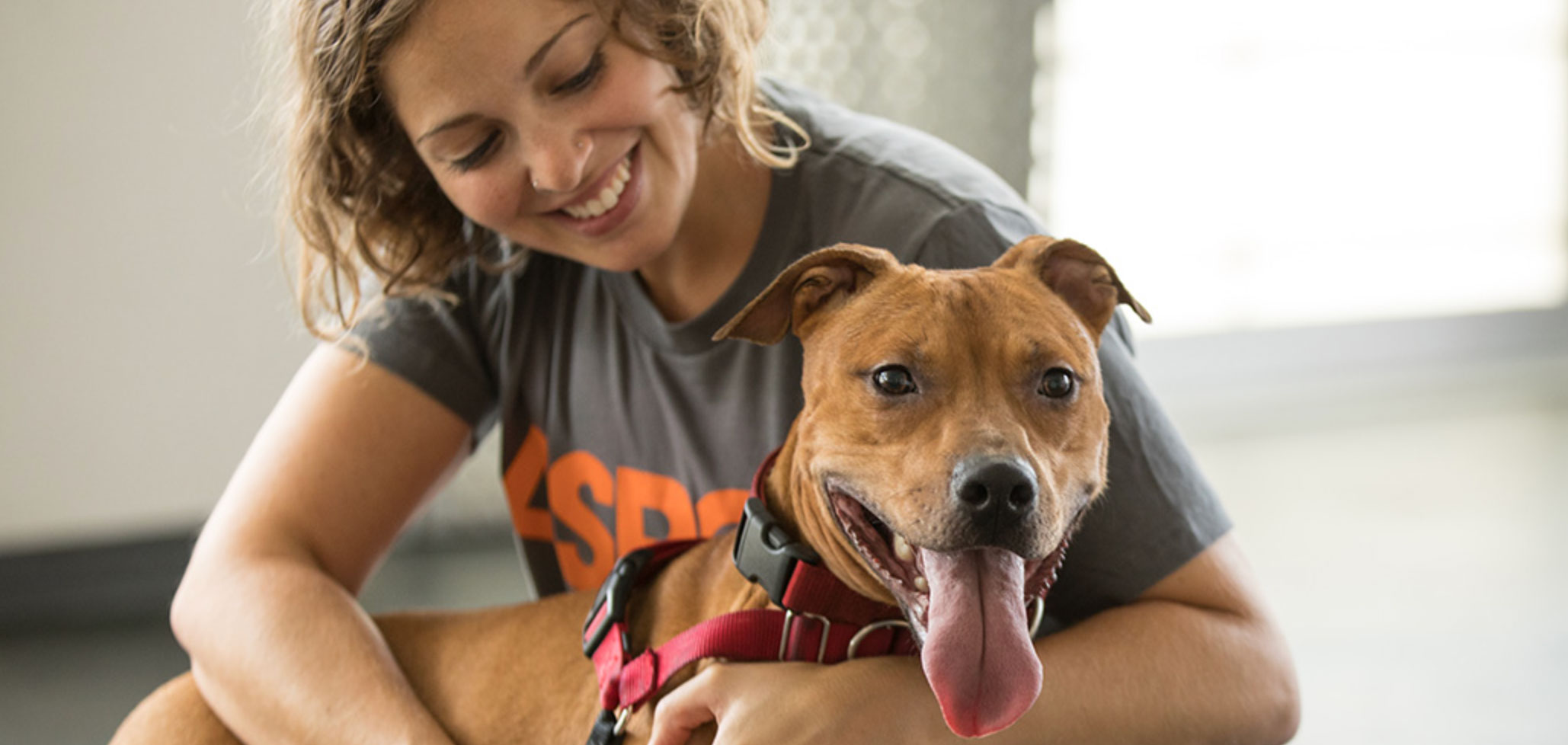Bringing a new dog into your home is both exciting and challenging. Whether adopting a rescue or rehoming a pet, understanding the emotional and behavioral transition your dog will go through is key. The 3-3-3 rule for dogs provides a reliable guideline to help pet owners support their new dog during this adjustment period. By focusing on compassion, patience, and structure, this rule benefits both dogs and their new families.
What Is The 3-3-3 Rule for Dogs?

The 3-3-3 rule for dogs represents a timeline to help adopters understand their dog’s behavior in the first 3 days, 3 weeks, and 3 months after adoption. In the first 3 days, your new dog is likely overwhelmed and anxious as they adjust to a new environment. After 3 weeks, they start to settle in and feel more comfortable, and by 3 months, they begin to form strong bonds with their new family and establish trust. Recognizing these stages helps you respond appropriately to their needs and behaviors during the transition.
First 3 Days: Overcoming Fear and Anxiety

During the first 72 hours, your dog will be experiencing a whirlwind of emotions and stress. Activities such as eating, sleeping, and using the bathroom may be inconsistent. It’s crucial to offer a safe, quiet space and minimize overwhelming stimulation. Understanding that your dog is not misbehaving but coping can foster greater patience. Give your dog time and space to decompress without forcing interaction. This phase is essential to beginning the journey toward comfort and trust. Don't confuse this vulnerable stage with social dynamics like 3 dogs3some with dog—this is about emotional security.
Three Weeks: Learning Routine and Rules

By the third week, many dogs begin adapting to their surroundings, learning basic routines, and displaying more of their true personalities. Now is the time to establish clear rules, schedules, and boundaries. Positive reinforcement training can begin, helping your dog feel a sense of structure. Remember, if you have multiple pets like 3 dogs, ensure supervised interactions to avoid overwhelming your new companion. The balance between discipline and affection during this period is critical for long-term behavior shaping.
Three Months: Trust and Bonding Develop

After approximately 90 days, your dog is likely to feel at home. Trust has begun to replace fear, and emotional bonds start to strengthen. This is when you'll notice consistent behavior and personality traits. Activities like playing, cuddling, and walking together solidify the relationship. For homes with multiple dogs, sometimes referred to as 3 dogs3some with dog households, this is when strong pack dynamics emerge. Continued socialization and leadership help maintain harmony within the group.
Tips for a Smooth Transition

To help your dog through the 3-3-3 rule adjustment, prepare your home with necessary supplies like a crate, toys, and quality food. Keep a consistent routine and remain patient through setbacks. Spend quiet time together to encourage trust and ensure your dog feels secure. Additionally, for households with 3 dogs or more, introduce one dog at a time, and avoid forcing group dynamics like a 3 dogs3some with dog scenario as every dog adapts differently.
Behavioral Signs to Watch For

Throughout the 3-3-3 period, observe your dog’s body language and reactions. Shaking, hiding, or loss of appetite in the early stages are normal and will likely lessen. Aggression or excessive barking might require professional help. If you notice tension among 3 dogs in the household, avoid forcing interactions and seek expert guidance. Addressing behavioral cues early can prevent long-term issues and help ensure a peaceful multi-dog environment.
Supporting Dogs Through Enrichment

Mental and physical stimulation is key to easing the transition. Puzzle toys, interactive games, and walks help reduce anxiety and increase bonding. Especially for families managing 3 dogs3some with dog interactions, scheduled one-on-one time with each dog prevents jealousy and competition. Enriching your dog’s life reduces stress and accelerates emotional healing after adoption or rehoming.
When to Seek Professional Guidance

If your dog shows signs of persistent anxiety, aggression, or fear, don’t hesitate to contact a certified trainer or behaviorist. Recognizing when additional help is needed is part of being a responsible pet owner. Especially in complex households with 3 dogs, professional insight ensures each dog’s emotional needs are met without risking safety or harmony. The 3-3-3 rule for dogs is a guide, but some dogs may need more time and customized support.
Understanding the 3-3-3 rule for dogs equips pet owners with the awareness and tools needed to support a newly adopted dog’s journey into a loving home. Whether you have a single dog or manage a dynamic group such as 3 dogs, remember that patience, consistency, and compassion are your greatest tools. Each dog is unique, and their emotional journey deserves understanding and time. Embracing the 3-3-3 rule not only helps build trust but creates the foundation for a lifelong bond with your furry friend.


